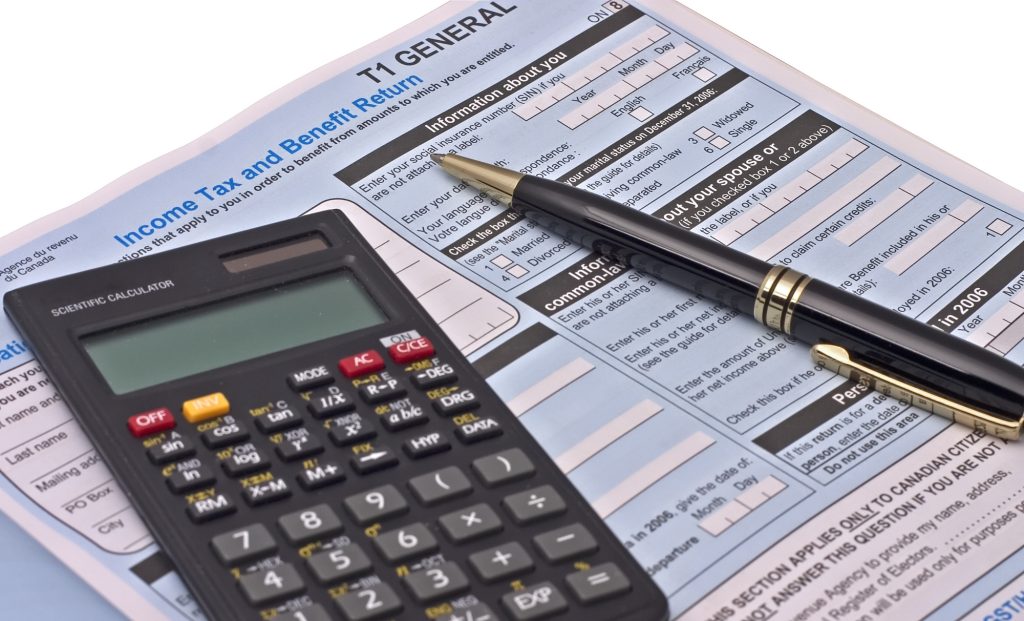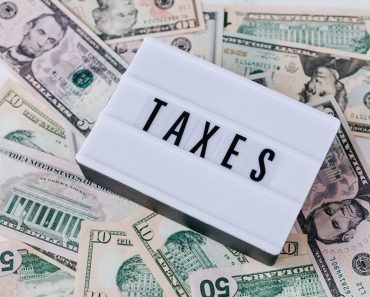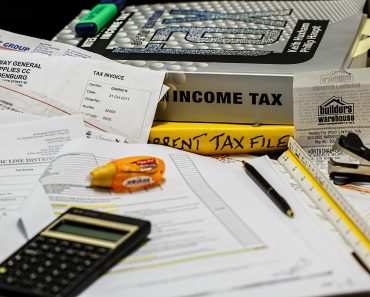
Did you know that it’s necessary for you to pay your self-employment taxes in quarterly installments if you expect to owe three thousand dollars or more?
Embarking on the journey of self-employment is both exciting and empowering. You’re your own boss, setting your own hours, and pursuing your passions on your own terms.
But one aspect of self-employment that often leaves many feeling overwhelmed and uncertain is taxes. This can even be difficult for those who choose to use a tax calculator.
Gone are the days of straightforward and simple deductions; as a self-employed professional, you now have a whole new world of tax rules and regulations to navigate.
To help clear up any confusion, we’ve put together a guide. Keep reading if you want to find out more.
Business Income vs Employment Income
When filing taxes in Canada, it’s crucial to understand the differences between business income and employment income, as they are treated differently by the Canada Revenue Agency (CRA).
Business income refers to the money you earn from self-employment, either as a sole proprietor, a partner in a partnership, or an independent contractor.
This type of income encompasses revenue generated from providing goods or services. It will also include any investment income and capital gains related to your business.
When filing taxes as a self-employed individual, you must report your business income using the T2125 Statement of Business or Professional Activities form.
The net income from your business—after deducting allowable expenses—is subject to both federal and provincial income taxes.
Employment income, on the other hand, is the money you earn as an employee working for a company or organization. This includes wages, salaries, commissions, bonuses, and tips.
Unlike business income, employment income is subject to income tax deductions at source. This means that your employer withholds a portion of your earnings to cover your income tax obligations.
Types of Self-Employment Taxes
All self-employed individuals must pay federal and provincial income taxes. You can estimate these tax liabilities by using an income tax calculator in Canada.
These tools can help you assess your tax liability based on your net business income and the applicable tax rates.
Also, if your business generates more than $30,000 in revenue over four consecutive calendar quarters, you must register for and collect the Goods and Services Tax (GST) or the Harmonized Sales Tax (HST).
Finally, self-employed individuals must also contribute to the Canada Pension Plan (CPP). This covers both the employer and employee portions.
What Details to Include on Form T2125
Form T2125, the Statement of Business or Professional Activities, is an essential part of your tax return when you’re self-employed or earning business income in Canada.
This form is used to report your business income and expenses, calculate your net income, and determine your income tax liability. When completing Form T2125, you should expect to provide the following details:
- Personal and business information
- The fiscal period
- Your income
- The cost of goods you’ve sold
- Your expenses
- Capital cost allowance (CCE)
- Information related to the Goods and Services Tax (GST) and the Harmonized Sales Tax (HST)
Once you’ve completed Form T2125, the net income or loss from your business will be calculated, which is then reported on your tax return.
This amount is used to determine your overall income tax liability and the CPP contributions you’re required to pay.
Before you fill out this tax form, it is a good idea to use an income tax calculator. This will help you get an idea of what your tax liabilities will be.
Tips for Filing Your Self-Employment Taxes
Make sure to keep meticulous records of your business transactions and receipts throughout the year to support your deductions and credits.
Also, consider using tax software. You can also consult with a tax professional. They can help you to ensure that your return is compliant with the Canada Revenue Agency’s requirements.
By staying organized and filing your self-employment taxes correctly, you can minimize your tax liability and avoid potential penalties or audits.
Calculating How Much Money to Set Aside for Taxes
There are a few things you will need to do to figure out your estimated tax liability. Start by calculating your net business income. You can do this by subtracting your allowable expenses from your gross revenue.
By inputting this amount into a tax calculator, you can gauge your anticipated income tax liability.
But remember to account for Canada Pension Plan (CPP) contributions and, if applicable, GST/HST remittance. A general rule of thumb is to set aside 25-30% of your net business income for taxes.
Self-Employment Tax Deductions
With tax deductions, you can lower your taxable income. This will ultimately reduce your tax liability.
Common business expenses include advertising costs, office supplies, rent, utilities, insurance, and vehicle expenses.
If you work from home, you may qualify for the business-use-of-home deduction. If this is the case, you can claim a portion of your home expenses.
This could include mortgage interest, property taxes, and maintenance costs. It is a good idea to keep all of your business-related receipts. This will make it easier for you to claim tax deductions.
The Importance of Using a Tax Calculator
It can be challenging to figure out how to file taxes when you are self employed.
One of the first things you should do is use a tax calculator. You will also need to know what details to include on your T2125 form. Lastly, take the time to figure out what tax deductions you can claim.
Do you need help filing your self employment taxes? If so, we can help you. Don’t hesitate to contact us to get started today!







